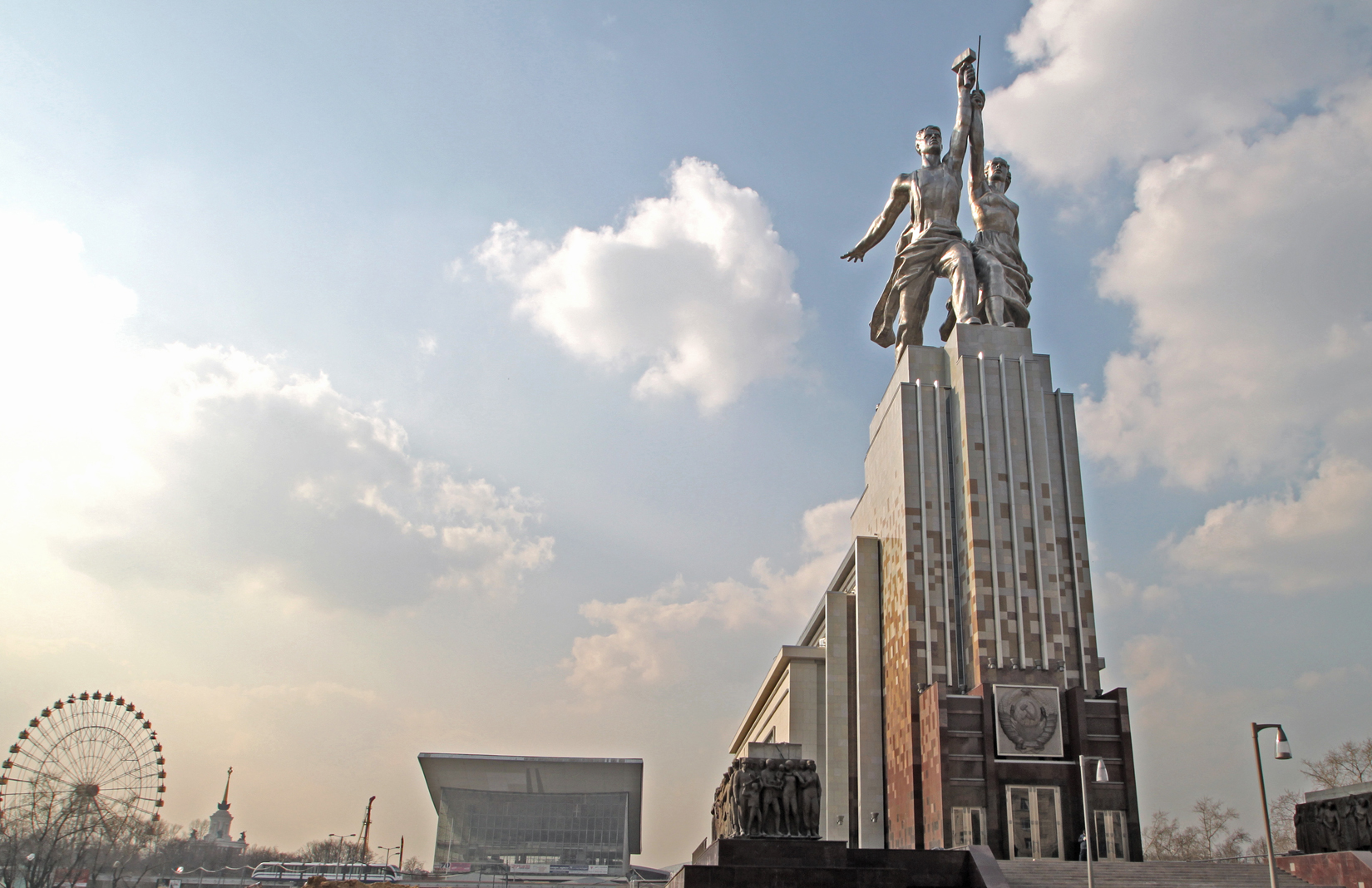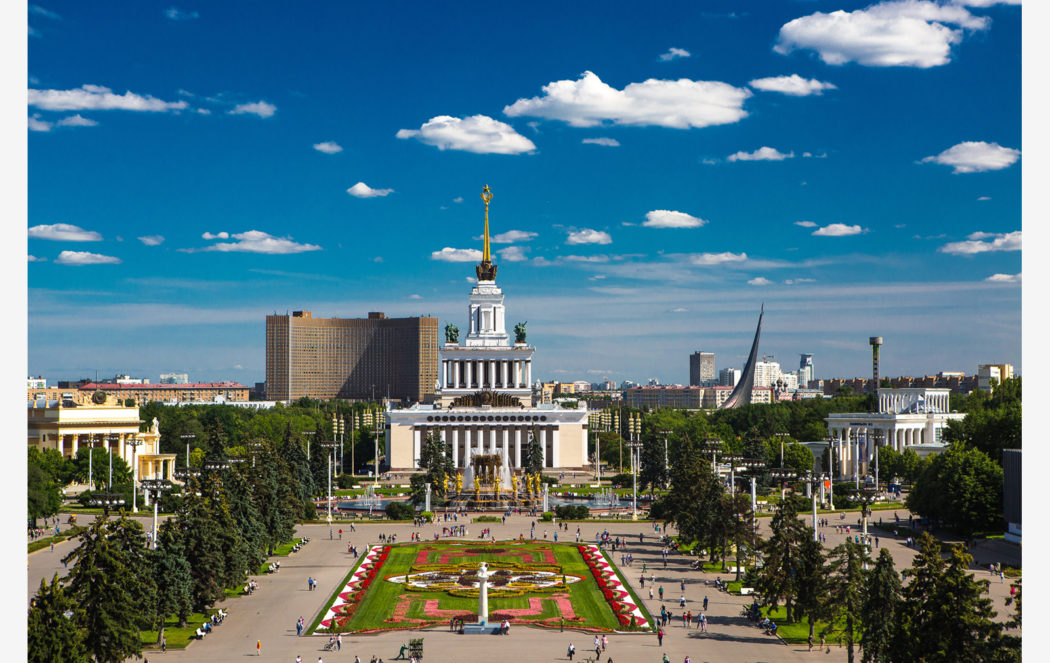Introduction: socialism from post- to ghost
The quote above expresses in a nutshell a political and cultural process spreading in many Central and Eastern European (CEE) societies. A hybridization of ritualistic anti-communist incantations and a neoliberal doxa has shaped economic, political, and cultural dynamics of ex-socialist countries. In such instances, state-socialism resurfaces not as institutional, spatial, or mental “legacies” and “leftovers” of socialism, but as a “ghost,” kept alive by the winners of the (now extinct) post-socialist period. In this article we ask: Who benefits from invoking state-socialism, in what contexts do such inflections occur, and with what effects? On a more general level, what role does the ghost of socialism play in the political economies and class dynamics of CEE countries? To understand the switch from “legacy” to ideological ingredient of neoliberalism in CEE, we introduce (and elaborate on below) the metaphor of “zombie socialism” to capture how keeping the socialist past alive in public discourse – almost three decades after its end – buttresses neoliberal politics and new configurations of inequalities.
During the last two decades, one key question that has underlined scholarship on ex-socialist countries across several disciplines has been to what extent post-socialism is still a relevant analytical category. After ascending as a denominator of all things post-1989 in Central and Eastern Europe, several scholars in geography, anthropology, and sociology have pointed out that the concept of post-socialism has become less relevant (Boyer and Yurchak 2008Boyer, Dominic, and Alexei Yurchak. 2008. “Postsocialist Studies, Cultures of Parody and American Stiob.” Anthropology News 49: 9–10.10.1111/anne.2008.49.issue-8[Crossref], [Google Scholar]; Cervinkova 2012Cervinkova, Hana. 2012. “Postcolonialism, Postsocialism and the Anthropology of East-Central Europe.” Journal of Postcolonial Writing 48: 155–163.10.1080/17449855.2012.658246[Taylor & Francis Online], [Web of Science ®], [Google Scholar]; Chari and Verdery 2009Chari, Sharad, and Katherine Verdery. 2009. “Thinking between the Posts: Postcolonialism, Postsocialism, and Ethnography after the Cold War.” Comparative Studies in Society and History 51: 6–34.10.1017/S0010417509000024[Crossref], [Web of Science ®], [Google Scholar]; Dunn and Verdery 2015Dunn, Elizabeth C., and KatherineVerdery. 2015. “Postsocialism.” In Emerging Trends in the Social and Behavioral Sciences: An Interdisciplinary, Searchable, and Linkable Resource, edited by Robert A.Scott and Stephen M.Kosslyn, 1–9. New York: Wiley.10.1002/9781118900772.etrds0261[Crossref], [Google Scholar]; Ferenčuhová 2016Ferenčuhová, Slavomíra. 2016. “Accounts from Behind the Curtain: History and Geography in the Critical Analysis of Urban Theory.” International Journal of Urban and Regional Research 40 (1): 113–131.[Crossref], [Web of Science ®], [Google Scholar]; Hirt 2013Hirt, Sonia. 2013. “Whatever Happened to the (Post) Socialist City?” Cities 32: S29–S38.10.1016/j.cities.2013.04.010[Crossref], [Web of Science ®], [Google Scholar]; Horvat and Štiks 2012Horvat, Srećko, and Igor Štiks. 2012. “Welcome to the Desert of Transition! Post-socialism, the European Union and a New Left in the Balkans.” Monthly Review 63: 38–48.10.14452/MR-063-10-2012-03[Crossref], [Web of Science ®], [Google Scholar]; Humphrey 2001Humphrey, Caroline. 2001. “Does the Category ‘Postsocialist’ Still Make Sense.” In Postsocialism: Ideals, Ideologies Practices in Eurasia, edited by Chris Hann, 12–14. London: Routledge. [Google Scholar]; Pickles 2010Pickles, John. 2010. “The Spirit of Post-socialism: Common Spaces and the Production of Diversity.” European Urban and Regional Studies 17: 127–140.10.1177/0969776409356492[Crossref], [Web of Science ®], [Google Scholar]; Rogers 2010Rogers, Doug. 2010. “Postsocialisms Unbound.” Slavic Review 69: 1–15.[Crossref], [Web of Science ®], [Google Scholar]; Stenning and Hörschelmann 2008Stenning, Alison, and KathrinHörschelmann. 2008. “History, Geography and Difference in the Post-socialist World: Or, Do We Still Need Post-socialism?” Antipode 40: 312–335.10.1111/j.1467-8330.2008.00593.x[Crossref], [Web of Science ®], [Google Scholar]; Tuvikene 2016Tuvikene, Tauri. 2016. “Strategies for Comparative Urbanism: Post-socialism as a De-territorialized Concept.” International Journal of Urban and Regional Research 40 (1): 132–146.[Crossref], [Web of Science ®], [Google Scholar]; Wiest 2012Wiest, Karin. 2012. “Comparative Debates in Post-socialist Urban Studies.” Urban Geography 33: 829–849.10.2747/0272-3638.33.6.829[Taylor & Francis Online], [Web of Science ®], [Google Scholar]). Against this backdrop, we indicate one location where one may find continued relevance of socialism (and its “post”). Socialism – as a zombie and ghost – is important in the production of neoliberal monoglossia and guilt by association for those who challenge the dominant wisdom of trickle-down economics, thus supporting the worldview and, ultimately, the interests of the winners of post-1990 transition.
To evidence the works of zombie socialism, we start with a section where we review the main critiques of the concept of post-socialism. In the same section, we present case studies of zombie socialist political discourses from Hungary and Romania, as an entry into elaborating on this metaphor. We then discuss the effects of zombie socialism in several social policy domains and the actual conditions of life of post-socialist societies. We use national-level macroeconomic indicators; wages to GDP ratio, the share of minimum wages to all jobs, work–life imbalance, social spending and taxation, and housing statistics. We develop our discussion of housing markets and policies in greater detail to drive the point that zombie socialism can inspire policies that effectively jettison an entire area of social policy, ignoring growing problems experienced by different social groups such as the poor, the young, and the elderly, and contributing to social dumping. The data do not systematically focus on city/metropolitan regions, but rather provide a broad overview of socioeconomic and ideological factors that underpin local developments.
Three caveats are necessary. First, we are aware that in constructing a master narrative for the entire region we erase important national and especially sub-national dynamics, but there are enough arguments to support the idea that the processes that we outline in this article are present at different scales for much of the post-1990 historical cycle. Second, our argument is most likely limited to Central and Eastern Europe, rather than being applicable to the former Soviet Union (FSU). Socialism still carries – increasingly – positive connotations in parts of the FSU, where the zombie may come alive in some new form, as is the case, for example, in the “Donetsk People’s Republic.” As countries in the region follow different paths, both in terms of policy orientations and economic developments, the role that socialism plays in the collective imaginaries of these post-socialist societies may diverge as well. Third, we cannot substantiate the conscious character of the decision of politicians to invoke state-socialism when promoting neoliberal measures, and increased social dumping. We can indicate, however, instances where the two go together, a situation indicative of how “zombie socialism” is a form of symbolic domination of the hegemonic groups in CEE societies (Burawoy 2012Burawoy, Michael. 2012. “The Roots of Domination: Beyond Bourdieu and Gramsci.” Sociology46: 187–206.10.1177/0038038511422725[Crossref], [Google Scholar]). Zombie socialism may be employed in different ways for different aims. It may work as a means of gaining support for certain policies and budgetary allocations, as a justification for pragmatic decisions, but also as a way of framing policy priorities and ignoring certain claims in favor of others.


